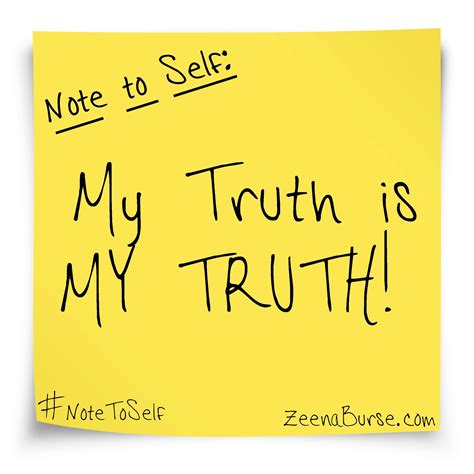No matter how well a teacher knows his field and keeps up with new developments in thought and scholarship (not necessarily the same thing), he must adjust to the varying abilities and personalities of new students. A great class one semester may prove a slog the next, all because of the brightness or dullness of the faces staring thoughtfully or vacantly at the solitary figure in front of the class.
Before I hung up my gown, I taught college literature, English and European, for about twenty-five years. Like many professors, I delighted in a class that had three, four, or even five intelligent and vocal students, young men and women who listened, responded, and developed their own ideas about some of the greatest books ever written.
But what does one do with a recalcitrant student, not simply one that disagrees, but one who denies obvious points? Such a student can become a genuine headache and an embarrassment, depending on his or her ignorance, loquacity, or stubbornness, derailing real discussion and creating ill will.
Such people existed in my experience though, I’m happy to say, rarely, but I remember them. With that in mind, I recently listened with great sympathy to a friend, a theology and history teacher, and an Anglican priest (Reformed Episcopal) at a very fine classical Christian academy. (I’ll call him Father David.) He recently had been teaching a class in which needed to illustrate a point with a comparison. He had been talking about the size of a small group of people in history or even in the Bible, which he likened to the African American population of the United States as of the last census, approximately 12.75 percent of the U.S. total.
That should have been that, but it wasn’t. Father David noticed that a few students in the back of the class were talking quietly together. Not many teachers can ignore such behavior for long, especially if it begins to disturb the rest of the class, so quite naturally Father David—a very self-controlled man—paused the lecture and asked the students what was so important.
Their spokesman, a boy, answered (and, of course, I paraphrase), “That percentage you gave about blacks. That’s wrong.” My friend calmly replied that the census bureau had published the figure, not he, which should have ended the exchange but didn’t. The boy said, “I don’t care, that’s just wrong.”
Father David did what I’m sorry to say many of us would have done: rather than derail the class over something essentially irrelevant to the subject at hand, he simply dropped the matter and proceeded with his lecture.
For most of us, teachers included, hindsight is better than foresight, so it’s easy to say what he should have done. Allowing for that undeniably self-congratulatory reaction, there’s no doubt in my mind that my friend did the wrong thing, and I hope I can explain why.
Facts aren’t everything. My favorite novelist, Fyodor Dostoevsky, didn’t deal primarily with facts, but with fictions that yielded truth. Nevertheless, he tried with a good deal more rigor than some modern scholars appreciate to get his facts straight: about St. Petersburg, about news of the day, about prostitutes, soldiers, civil servants, students, revolutionaries. Facts do matter if you want to address reality. And when it comes to other fields, whether politics, economics, or engineering, plain hard facts are essential.
To deny a fact that stands before you in all its naked reality is nothing less than intellectual and possibly moral blindness. And when such hopelessly myopic vision infects a classroom or public discourse, we shouldn’t be surprised if discussion based on reason, consent, and evidence, all of which bolster civil society, become at risk.
A notorious case in point is the death of Michael Brown who was killed in Ferguson, Missouri in 2014. The facts were ascertainable and, God be praised, eventually came out in court to the acquittal of the police officer who was on trial. But thanks to the blossoming Black Lives Matter organization and reporters from major news outlets, the “gentle giant” and “hands-up don’t shoot” lies tainted the popular imagination.
After the announcement of the not-guilty verdict, I heard on the radio a reporter (either from the Atlantic or WaPo) who went to Ferguson to unearth the “true” story. What did he find? Sadly, he said, everything the defense presented was true. Sadly? If judge and jury exonerated a man whom the evidence (facts!) proved innocent, why the lament?
I suspect the answer is that, as with Father David’s student, the facts were unacceptable. They just didn’t support the story that BLM and journalists invented or uncritically accepted. But facts, along with black lives, do matter, and the court came to the right conclusion, so airtight that even Obama’s justice department quietly affirmed its correctness.
In Father David’s class, a teenager denied a plain, uncontroversial fact that has been confirmed repeatedly by censuses for decades under politically different administrations. The good priest might have asked the purblind student a simple question: If 12.75 percent is the wrong figure, what’s the right one? On what authority? But as with so many “cases” today, facts are what one imagines in keeping with the dictates of “social justice.”
But falsehoods must not take the lead in our classrooms, courts, or halls of government where policies are made. That’s the sort of thing that happens in totalitarian states (or law schools, such as Stanford) where lies become official dogma and debate is banned.
That’s why Father David ought to have pressed the point. It was, as the schoolmarmish Obama was fond of saying ad nauseam, a “teachable moment,” exemplifying Daniel Patrick Moynihan’s famous statement: “Everyone is entitled to his own opinion; no one is entitled to his own facts.” That’s not just a fact; it’s the truth.
